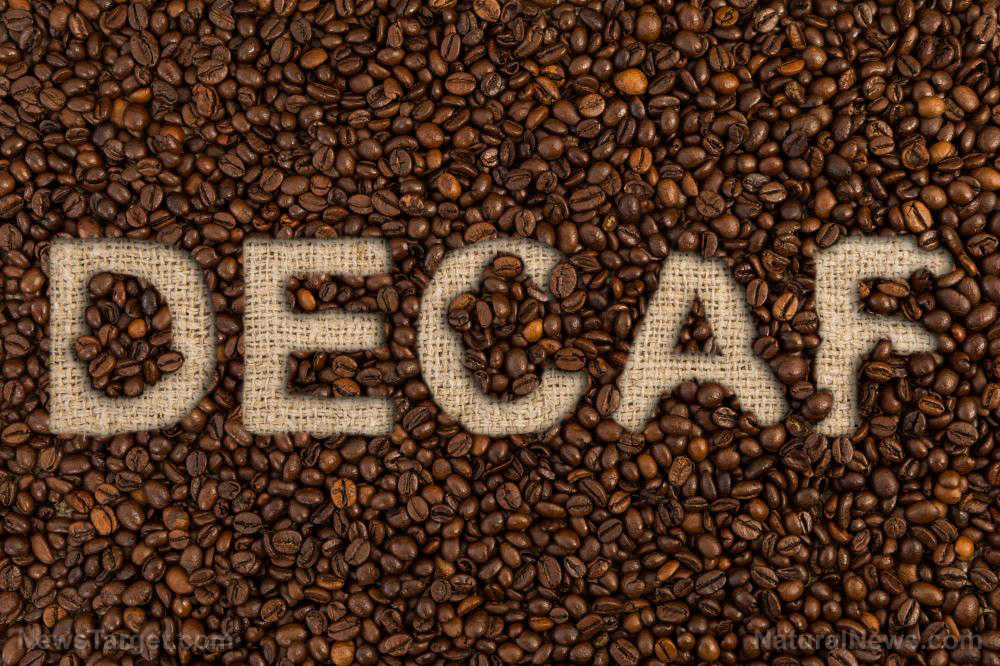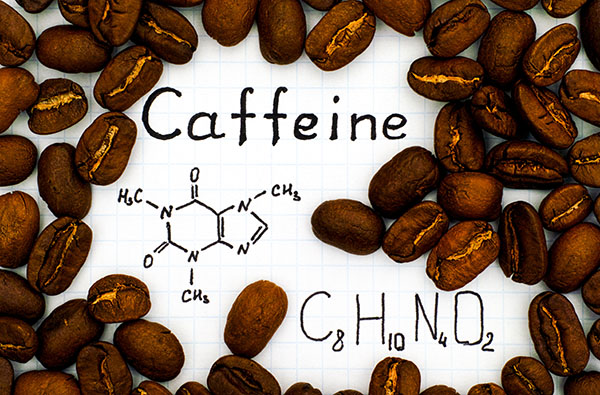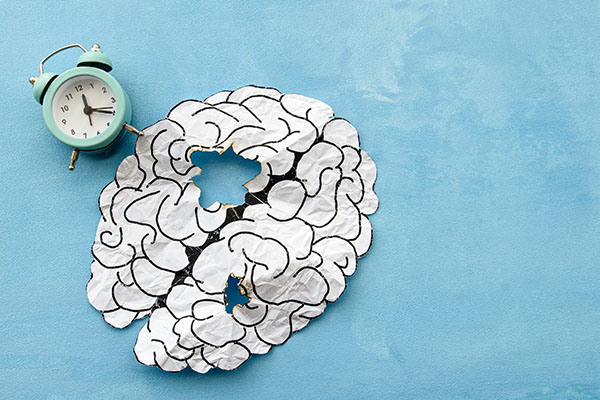
The history of decaf coffee
The story of decaffeinated coffee began with a visit between friends in Germany. On October 3, 1819, Friedlib Ferdinand Runge, a chemist, paid a visit to Johann Wolfgang von Goethe, the creator of Faust. The writer gave his friend a box of coffee beans he got from Greece and asked him to experiment on it. He wanted to find out why the coffee beans kept him awake at night. After two years, von Goethe got his answer – Runge had identified the culprit to be caffeine.
It would be almost a century later that decaffeinated coffee was discovered. In 1905, Ludwig Roselius, a former coffee bean roaster, was believed to have received a cargo of coffee beans soaked in seawater. Instead of tossing them out as damaged goods, Roselius and his colleagues considered this as an opportunity. After a series of experiments, they discovered that using benzene – a chemical found in paint strippers and aftershave – as a solvent could remove the caffeine. They patented this process, and Roselius founded the Kaffee Handels-Aktiengesellschaft or Kaffee Hag, a company that exported decaffeinated coffee across Europe and then to the U.S. after World War I.
However, with benzene being a toxic chemical, using it posed a number of health concerns. It was later replaced by ethyl acetate or methylene chloride. This was called the "direct method." As ethyl acetate could be extracted from fruits and vegetables, people thought it was a healthier option. But ethyl acetate was also used in a variety of industrial and household products, including paint, cigarettes, and nail polish remover – and so exposure to high amounts of the chemical also posed health risks. In another controversy, it was found that large amounts of methylene chloride, a chemical that is also present in paint and other household products, could damage the central nervous system.
An "indirect method," also known as the "water method," was then devised. Unroasted coffee beans were first soaked in water, then treated with ethyl acetate or methylene chloride. Afterward, they were soaked back in water. This treatment was believed to let the coffee beans absorb the essential oils once more.
The decaffeination process generally followed these procedures until 1967 when another method was developed – incidentally, in Germany once again. In the Max Plank Institute, Chemist Kurt Zosel was doing Coal Research with supercritical carbon dioxide. He found out that pumping heated and highly pressurized gas through moistened coffee beans separated the caffeine from them. Moreover, the crude caffeine from this process could be salvaged and used in other beverages, such as sodas and energy drinks. This method is still widely used today.
Zosel patented the "charcoal method" in 1970, but at the same time, another process was being developed in Switzerland. The Swiss Water Process comprised of soaking the unroasted coffee beans in water first. This allowed the soluble components of the coffee beans to transfer to the water. Using carbon, the caffeine was also removed, producing an uncaffeinated liquid called "green coffee extract." A new batch of green coffee beans were then soaked in this liquid. As the beans and the liquid sought equilibrium, the caffeine from the new batch will transfer to the uncaffeinated liquid, thus making decaffeinated coffee beans.
From these methods, it becomes apparent that the production of caffeine-free coffee has come a long way.
The health benefits of decaf coffee
Coffee is known to have numerous health benefits, which include preventing diabetes and heart disease and maintaining the digestive and nervous systems. The presence of caffeine also boosts the body as a central nervous system stimulant, which is why a lot of people drink it in the morning to perk up their minds. So why decaffeinate coffee in the first place?
As with other food and drink, there is a healthy limit to consuming caffeine. It is important to be aware of how much caffeine content the coffee has. The safe amount of caffeine to consume each day is 400 milligrams (mg). A cup of coffee contains about 50 to 400 mg, depending on the kind of coffee. Too much caffeine can lead to dizziness, insomnia, and even an upset stomach.
Decaffeinated coffee still contains the healthy properties and substances that regular coffee has. Decaffeinated coffee beans still have cafestol, which improves the production of bile and is said to contain anti-inflammatory properties. They do lose some antioxidants in the process, but only about 15 percent. They also contain small amounts of nutrients such as magnesium, potassium, and vitamin B3.
In the following list of health benefits, it is important to note that the studies from which they were based were observational. The decaffeinated coffee did not necessarily cause the effects, but are simply linked to them.
- Reduces the risk of Type 2 diabetes – Decaf coffee has high antioxidant levels, which protect cells from diabetes, and chlorogenic acid, which helps regulate blood glucose levels.
- Prevents certain cancers – Studies have shown that drinking decaf coffee may reduce the risk of colorectal cancer and breast cancer among female drinkers.
- Improves symptoms of heart problems – The absence of caffeine makes it less likely for drinkers to experience health conditions commonly associated with it, such as palpitations, heart attacks and and strokes.
- Prevents age-related mental decline – Consuming decaf coffee may protect the neurons in the brain and help prevent diseases such as Alzheimer's and Parkinson's.
Not everyone drinks just one cup of coffee a day; some go for three, even five cups. The tolerance to caffeine varies among consumers. There are also others who simply want to enjoy a cup of coffee without experiencing its boosting effects. For such individuals, decaffeinated coffee is a viable option.
Sources include:
Please contact us for more information.























